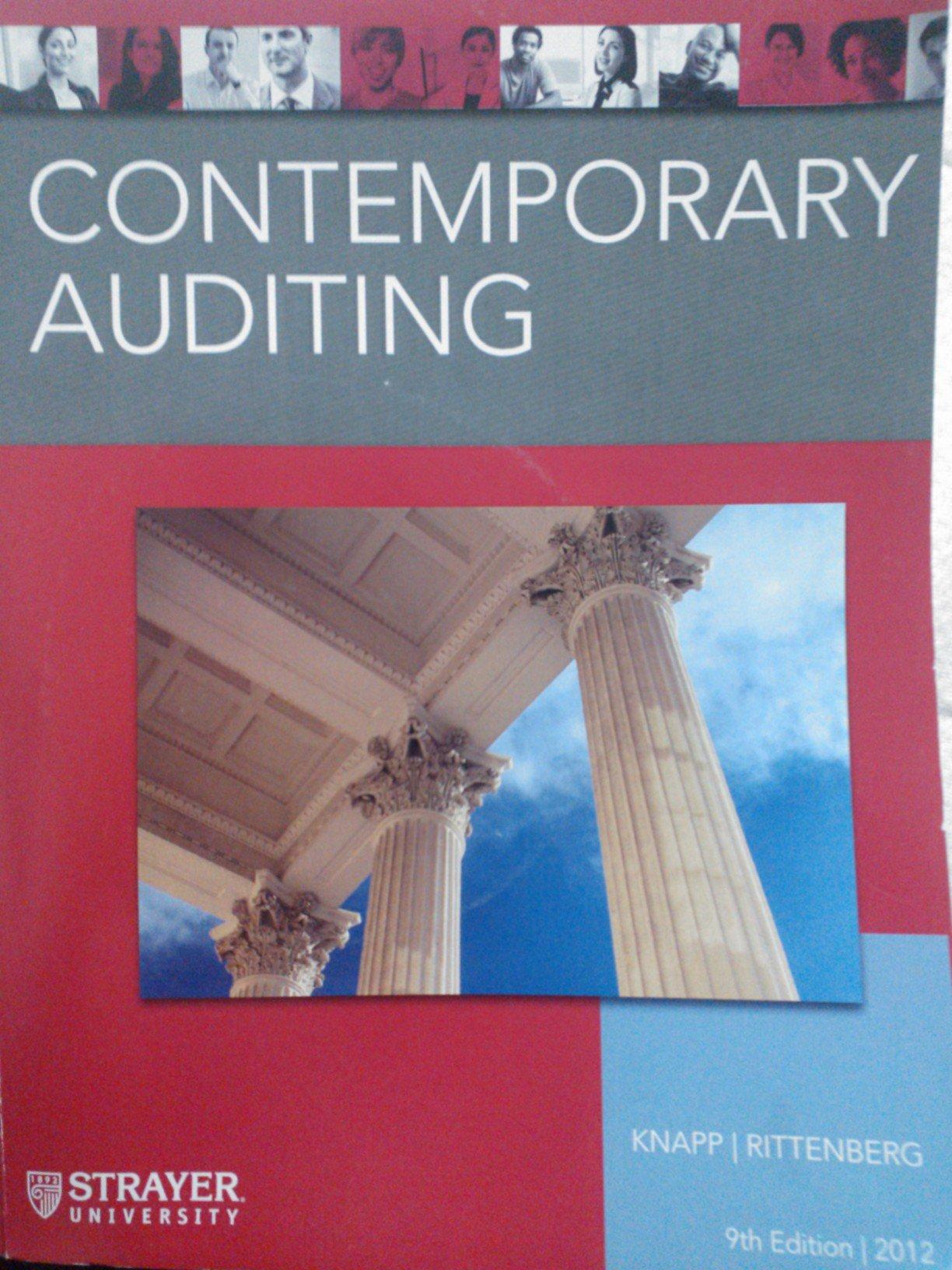




Shunda Corporation wholesales parts to appliance manufacturers. On January 1, Year 1, Shunda Corporation issued $22,000,000 of fiveyear, 9% bonds at a market (effective) interest rate of 7%, receiving cash of $23,829.684. Interest is payable semiannually. Shunda Corporation's fiscal year begins on January 1 . The company uses the interest method. Required: a. Joumalize the entries to record the following transactions. Refer to the chart of accounts for the exact wording of the account tiles. CNOW journals do not use lines for journal explanations. Every line on a joumal page is used for debit or credit entries. CNOW joumals will automatically indent a credit entry when a credit amount is entered. Round final answers to nearest dollar. 1. Sale of the bonds. 2. First semiannual interest payment, including amortization of premium. 3. Second semiannual interest payment, including amortization of premum. b. Determine the bond interest expense for the first year. For those boxes in which you must enter subtractive ar negative numbers use a minus sign. c. Explain why the company was able ta issue the bonds for $23.829.684 rather than for the face amount of $22.000.000 CHART OF ACCOUNTS Shunda Corporation General Ledger ASSETS REVENUE 110 Cash 410 Sales 111 Petty Cash 610 Interest Revenue 121 Accounts Receivable 611 Gain on Redemption of Bonds 122 Allowance for Doubtful Accounts 126 Interest Receivable EXPENSES 127 Notes Receivable 510 Cost of Merchandise Sold 131 Merchandise Inventory 515 Credit Card Expense 141 Office Supplies 516 Cash Short and Over 142 Store Supplies 521 Sales Salaries Expense Chart of Accounts 142 Store Supplies 521 Sales Salaries Expense 151 Prepaid Insurance 522 Office Salaries Expense 191 Land 531 Advertising Expense 192 Store Equipment 532 Delivery Expense 193 Accumulated Depreciation-Store Equipment 533 Repairs Expense 194 Office Equipment 534 Selling Expenses 195 Accumulated Depreciation-Office Equipment 535 Rent Expense 536 Insurance Expense LIABILITIES 537 Office Supplies Expense 210 Accounts Payable 538 Store Supplies Expense 221 Salaries Payable 541 Bad Debt Expense 231 Sales Tax Payable 561 Depreciation Expense-Store Equipment 232 Interest Payable 562 Depreciation Expense-Office Equipment 241 Notes Payable 590 Miscellaneous Expense 251 Bonds Payable 710 Interest Expense 252 Discount on Bonds Payable 711 Loss on Redemption of Bonds 251 Bonds Payable 710 Interest Expense 252 Discount on Bonds Payable 711 Loss on Redemptior 253 Premium on Bonds Payable EQUITY 311 Common Stock 312 Paid-In Capital in Excess of Par-Common Stock 315 Treasury Stock 321 Preferred Stock 322 Paid-In Capital in Excess of Par-Preferred Stock 331 Paid-In Capital from Sale of Treasury Stock 340 Retained Earnings 351 Cash Dividends 352 Stock Dividends b. Determine the bond interest expense for the first year. For those boxes in which you must enter subtractive or negative numbers use a minus sign. c. Explain why the company was able to issue the bonds for $23,829,684 rather than for the face amount of $22,000,000. The bonds seli for more than their face amount because the market rate of interest is the contract rate of interest. Investors willing to pay more for bonds that pay a higher rate of interest (contract rate) than the rate they could earn on. similar bonds (market rate)












